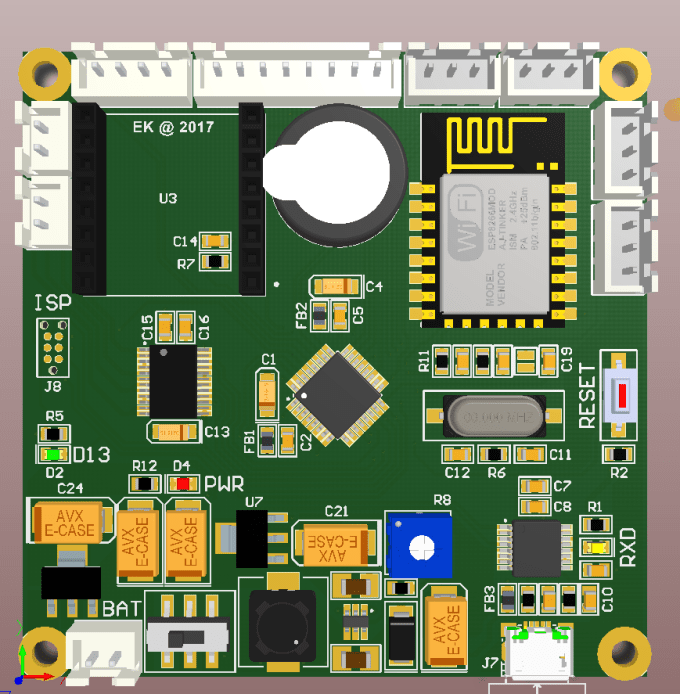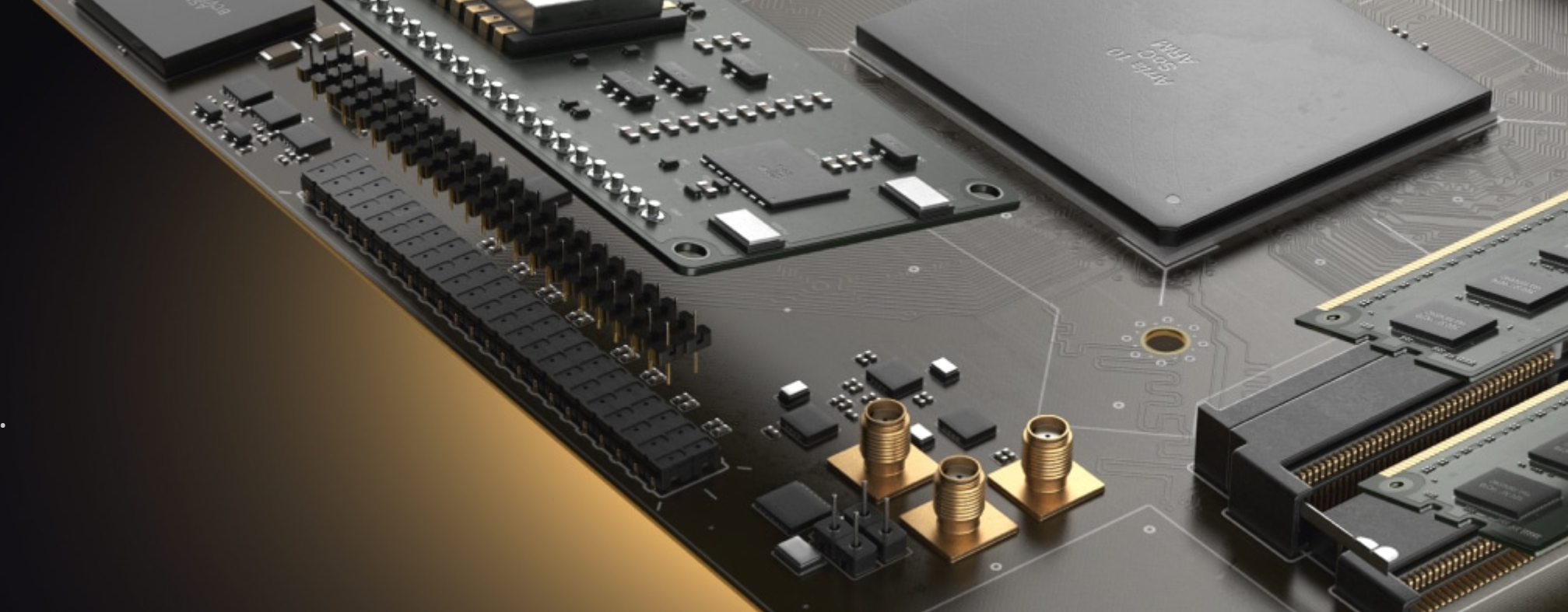
We’ll take a look here at a very simple PCB schematic and see what needs to be done to synchronize it with a brand new PCB design. Whatever the reason, you are ready to start working on the board side of PCB design, but you’re not sure how to create it from a PCB schematic in Altium Designer.įortunately, the next step in Altium Designer is very straightforward. Maybe your regular layout resources aren’t available, or perhaps you want to try to do your first layout yourself. The circuitry is defined and you are ready to go to PCB layout. There are a number of panels in Altium Designer, the default is that some are docked on the left side of the application, some are available in pop-out mode on the right side, some are floating, and others are hidden.You’ve done your usual excellent job of putting together the PCB schematic. The main document editing area of Altium Designer, shown on the right side in Figure 1.The Altium Designer environment consists of two main elements: The DXP platform underlies Altium Designer, supporting each of the editors that you use to create your design. When you select All Programs > Altium Designer from the Windows Start menu to run Altium Designer, you are actually launching DXP.EXE.



In addition, the Altium Designer environment can be customized to meet a wide variety of users' requirements. Including a schematic, PCB module, and an auto-router and differential pair routing features, it supports track length tuning and 3D modeling.Īltium Designer includes tools for all circuit design tasks: from schematic and HDL design capture, circuit simulation, signal integrity analysis, PCB design, and FPGA-based embedded system design and development. It is developed and marketed by Altium Limited. Altium Designer is one of the most popular of the high end PCB design software packages on the market today.


 0 kommentar(er)
0 kommentar(er)
